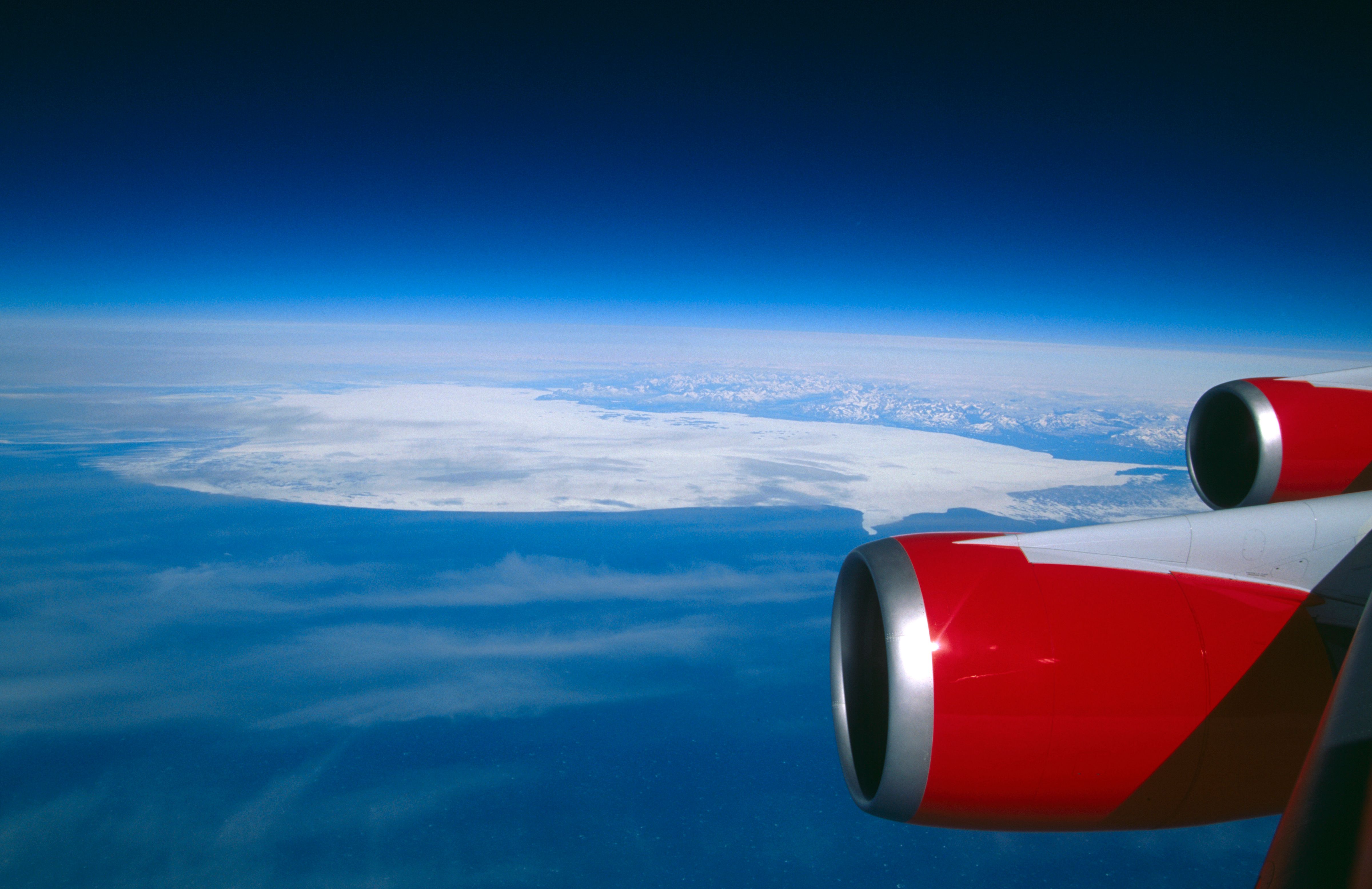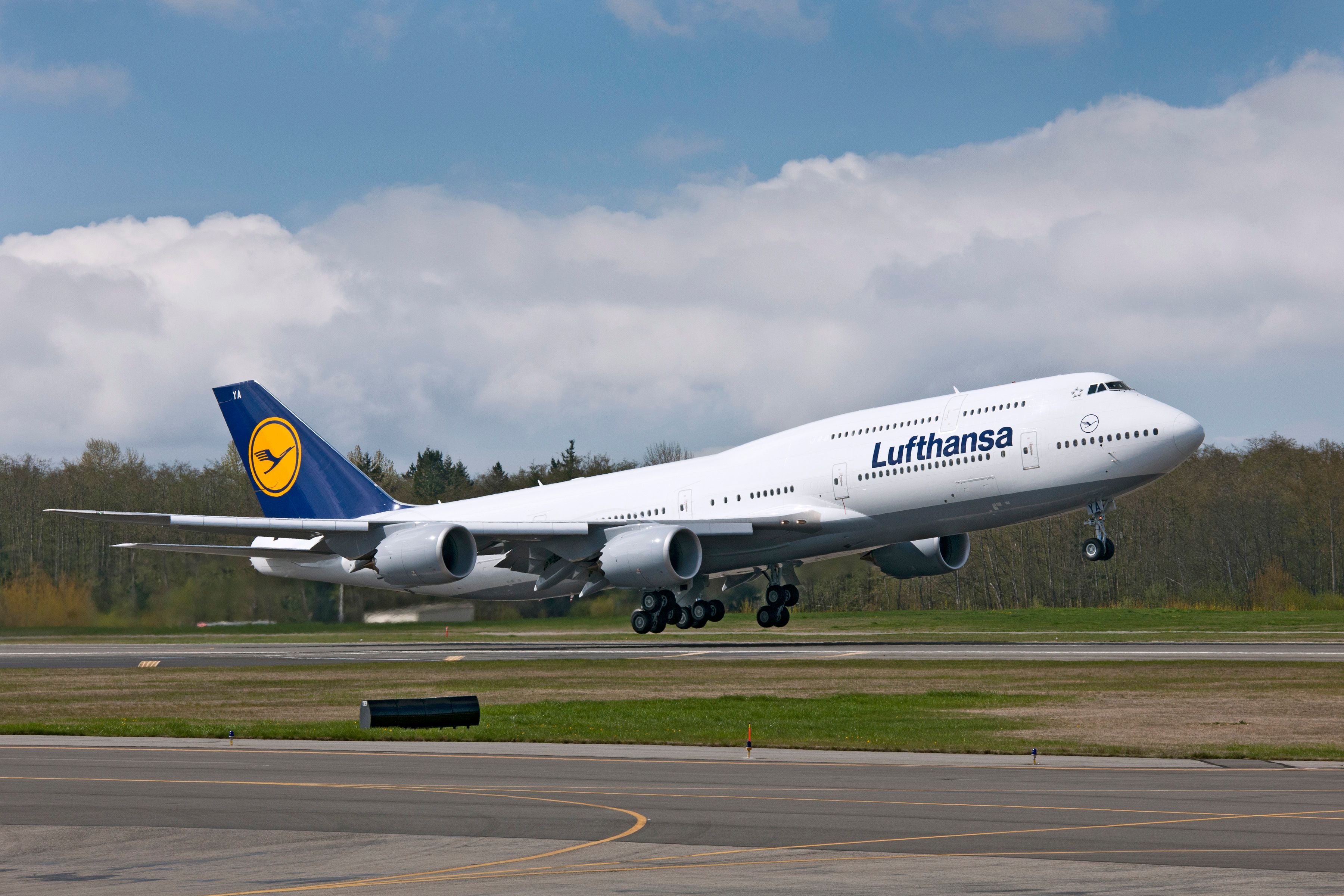While most of us on the ground are used to measuring speed in kilometers or miles per hour, pilots use a different unit of measurement: Nautical miles per hour - also known as knots. Knots are also how the speed of boats is measured. But why is this unit the standard rather than what we're used to seeing when we're driving?
One common unit
Anyone who travels any kind of distance - internationally or even across one large country - knows that various things are done differently depending on the region. Of course, when crossing international borders, those differences are all the more noticeable.
We mostly encounter differences like language, currency, and social norms in our daily (non-aviation) lives. But for those in the cockpit, who have to deal with overseas air traffic controllers and other authorities, having set standards for critical data like speed and altitude ensures relatively smooth operations across borders and oceans. This has been made possible through the work of the International Civil Aviation Organization (ICAO).
In 1947, the first assembly of ICAO adopted a resolution that recommended a standardized unit system. Known as Annex 5, the system was adopted in 1948, although it would take a few more decades to get everyone on the same page in terms of common units.
The ICAO introduced the International System of Units, known as SI from the "Système International d’Unités," as the basic standardized system to be used in civil aviation. The meter was the base unit of all SI measurements dealing with length.
However, it was recognized that some non-SI units have a special place in aviation and had to be retained - "at least temporarily," the ICAO notes.
"These are the nautical mile and the knot, as well as the foot when it is used in the measurement of altitude, elevation or height only. Some practical problems arise in the termination of the use of these units and it has not yet been possible to fix a termination date." - ANNEX 5 to the Convention on International Civil Aviation, ICAO
Why knots?
A nautical mile is the preferred unit of speed measurement for aviators and mariners alike, and it all comes down to the curvature of the earth. Cars and trains travel relatively shorter distances and can conveniently use miles or kilometers per hour. But planes and ships often travel greater distances affected by the curvature of the earth and use knots.
US Harbors explains,
When the earth’s circumference came to be measured in “minutes,” then 60 minutes made one degree of the earth’s 360-degree circumference.
Because a nautical mile is longer than a statute mile, a small airplane going 173 miles per hour is traveling 150 knots.
HighSkyFlying points out that in aviation, air routes are defined in terms of waypoints (latitude, longitude), and their distance is expressed in terms of nautical miles. Therefore, the use of knots provides a quick estimation of time and speed requirements for pilots.
Additionally, it is noted that using knots is simpler as the numbers are within a smaller range when it comes to the speed of commercial aircraft- between 0kt and 400kt.
The bottom line
At the end of the day, knots were essentially carried over from the maritime sector and thus gained prominence as the aviation industry became more prominent.
Even though it is a non-SI unit, the ICAO has recognized that using knots is too prevalent to terminate its use. The unit's ease in usage, understandability, and history means that it will be in use for the foreseeable future.
Do you think this needs to change? Or should the aviation sector continue to use knots as a measure of speed? Let us know in the comments.
Sources: US Harbors, HighSkyFlying


-N732AN.jpeg)
-N829MH.jpg)
